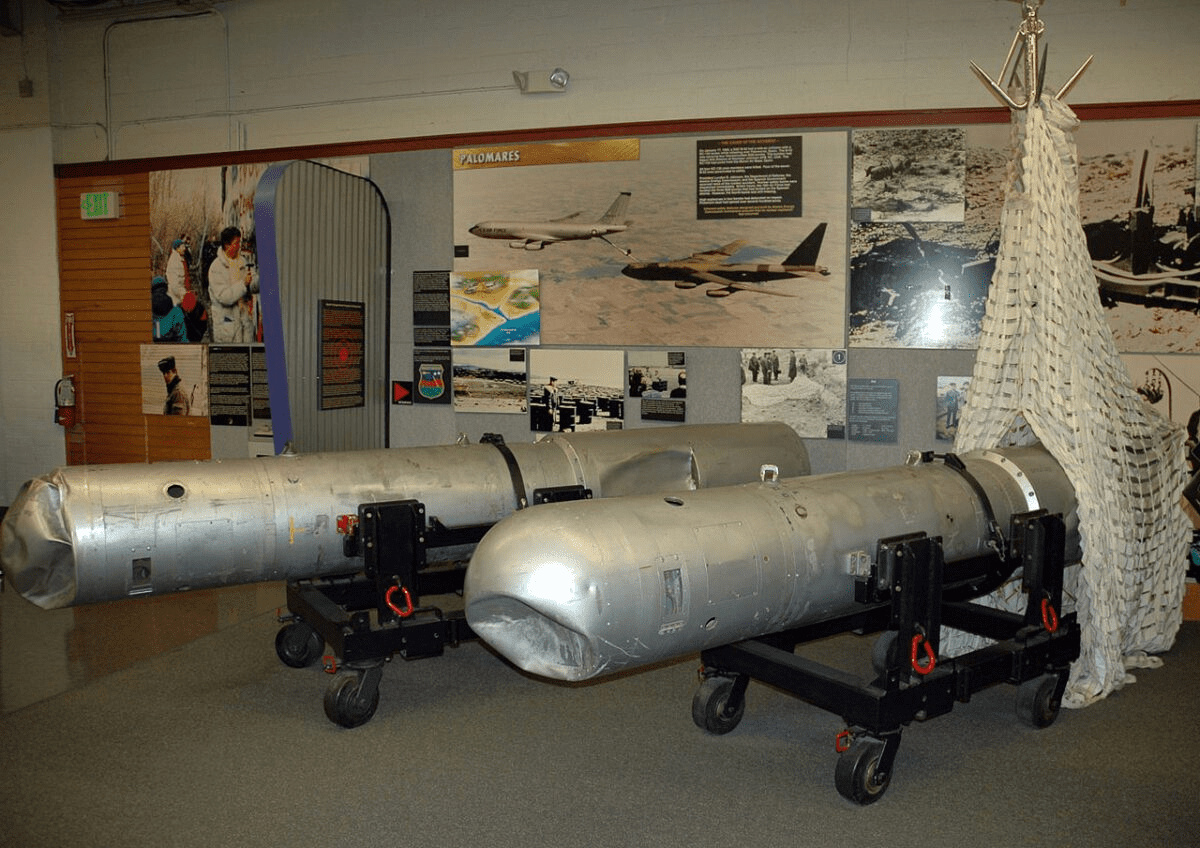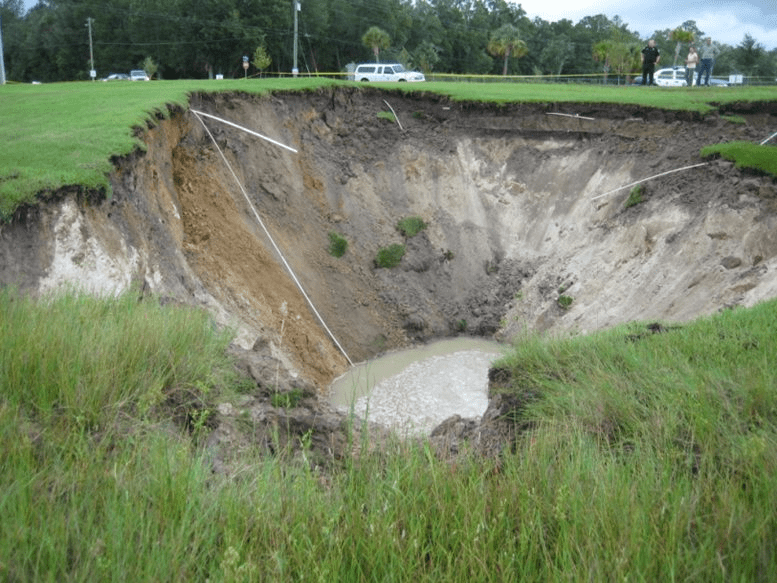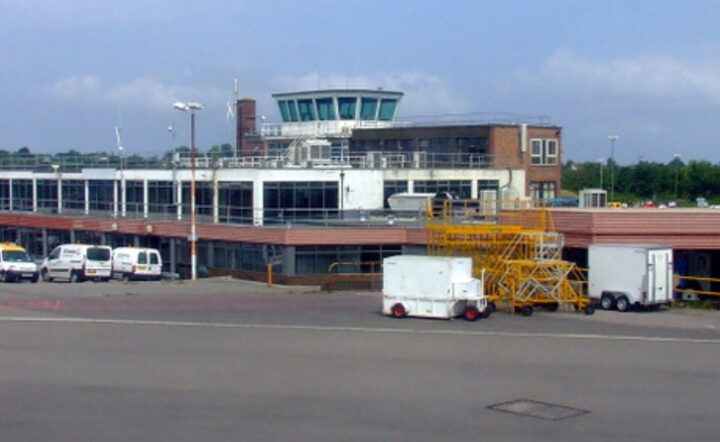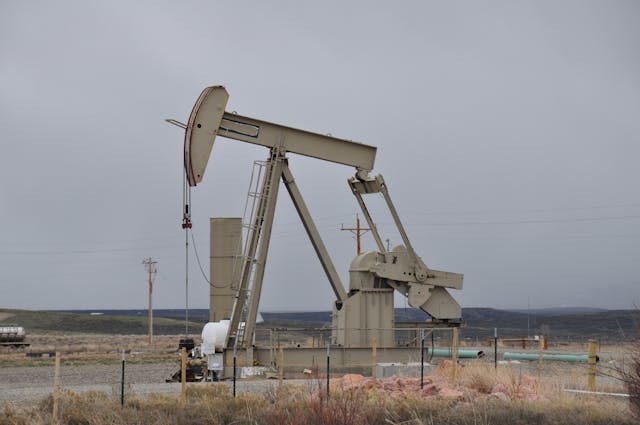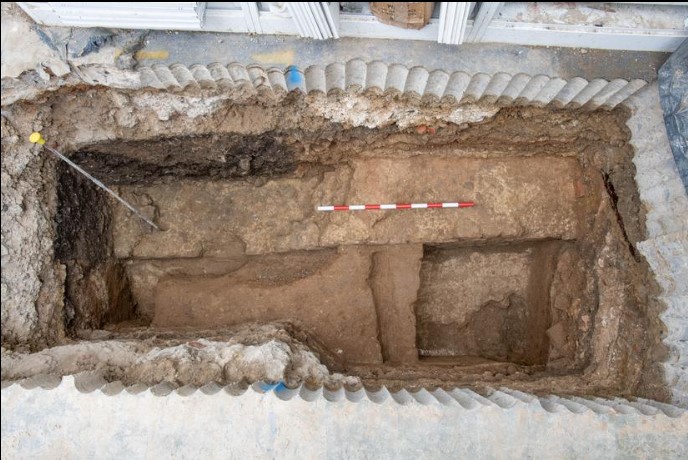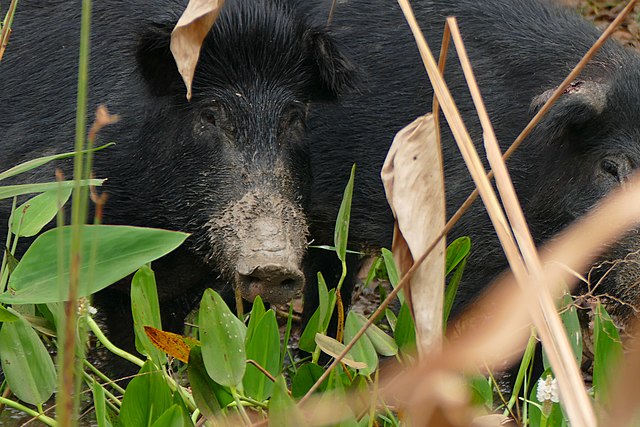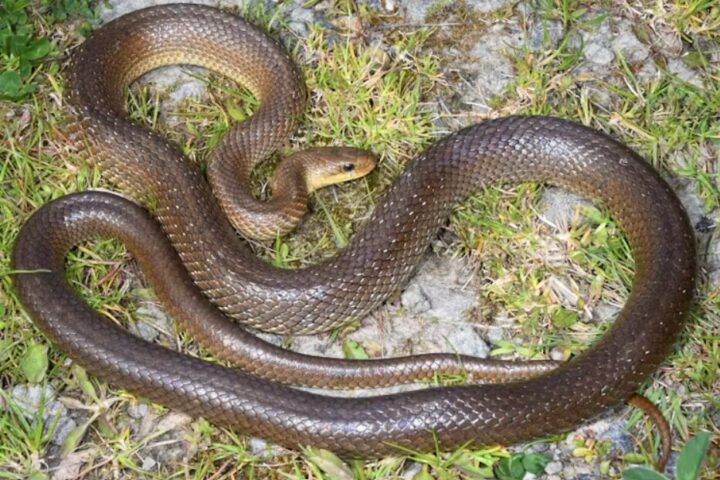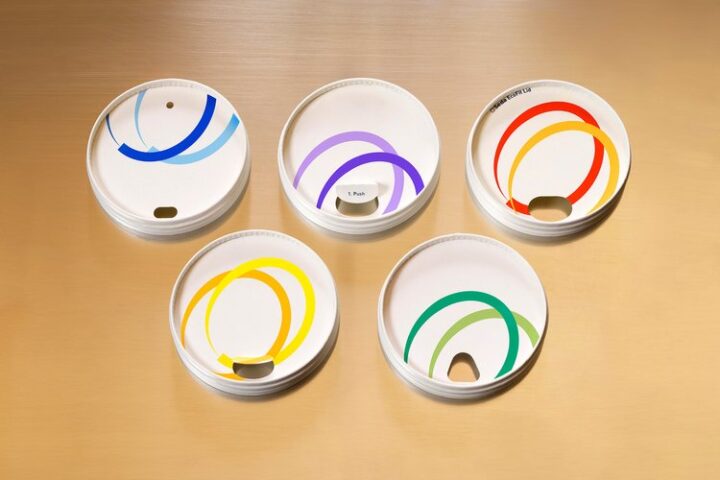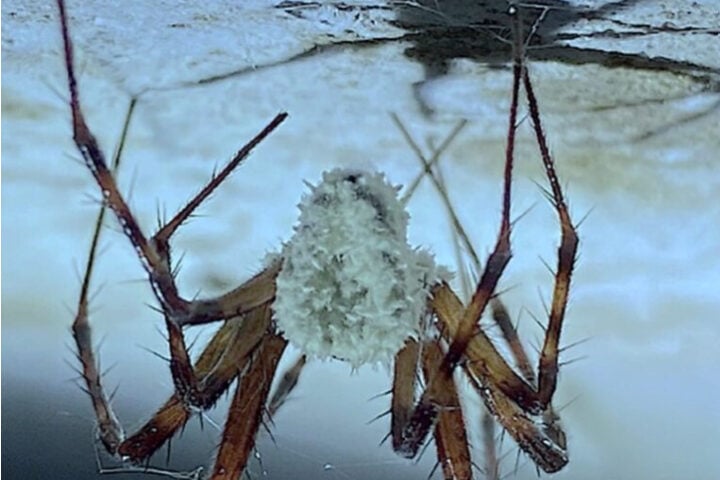Spain has requested the US to remove soil contaminated with radioactivity after the air-craft carrier’s mid-air collision dumped four U.S. hydrogen bombs near a southern Spanish village nearly 60 years ago.
Two of the bomb had plutonium-filled detonators which went off, dispersing several kilograms of highly radioactive plutonium 239 across the landscape around Palomares.
Spain’s Foreign Ministry stated there would be no more further details given on the petition until an official reply from the U.S comes across.
Spain and the United States signed a statement of intent in 2015 for the further restoration and clear up of the Palomares site.
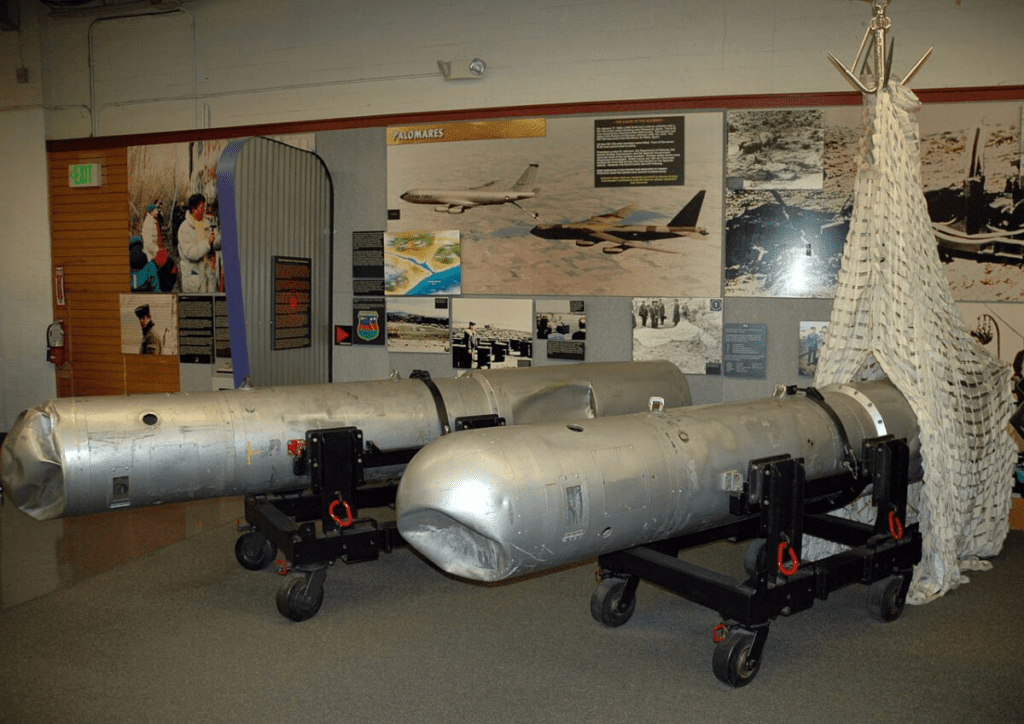
This arrangement will also enable the disposal of the contaminated soil at an appropriate site in the U.S.
When the bombs fell on Jan. 17, 1966, it killed seven 11 crew members, but no fatalities were reported on the ground.
The 2015 statement stated that both countries are set to secure the area, removing contaminated soil and decontaminating the land immediately.
Some 50,000 cubic meters of land spread over 44 plots were affected, and the government has been renting the land from its owners as a precaution to keep it protected and now hopes to expropriate it.
Leading Spanish daily El País reported that the request had been sent across several months ago and that the U.S. Were reacting positively.
Spain is pushing for a quick agreement as the country will be holding general elections in December.
